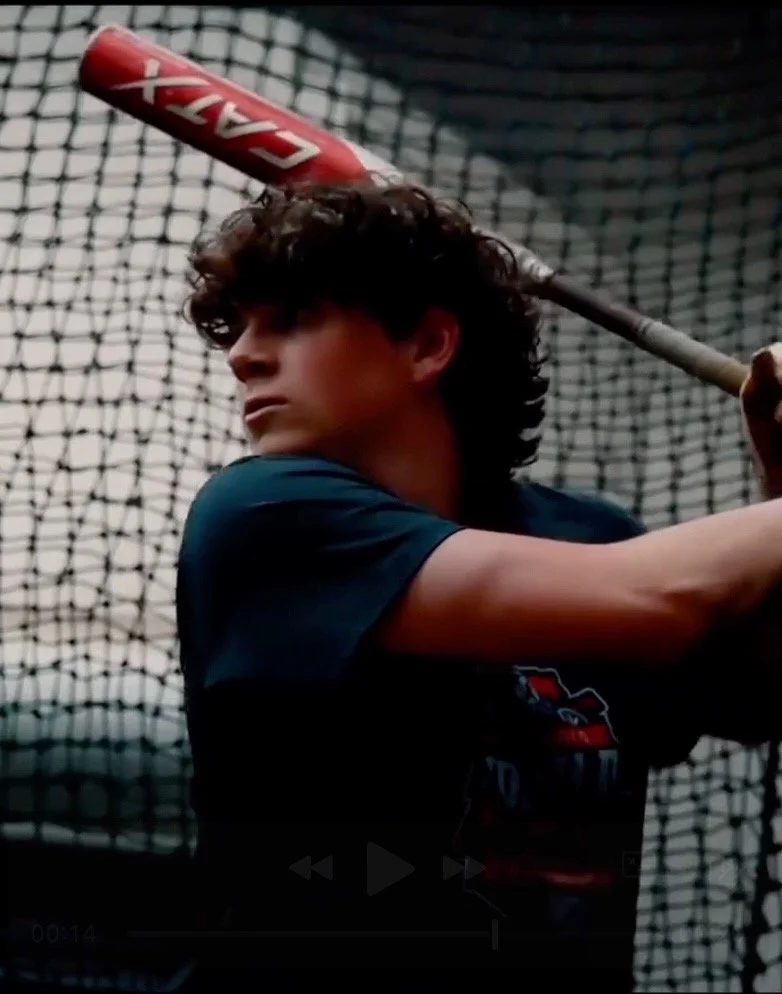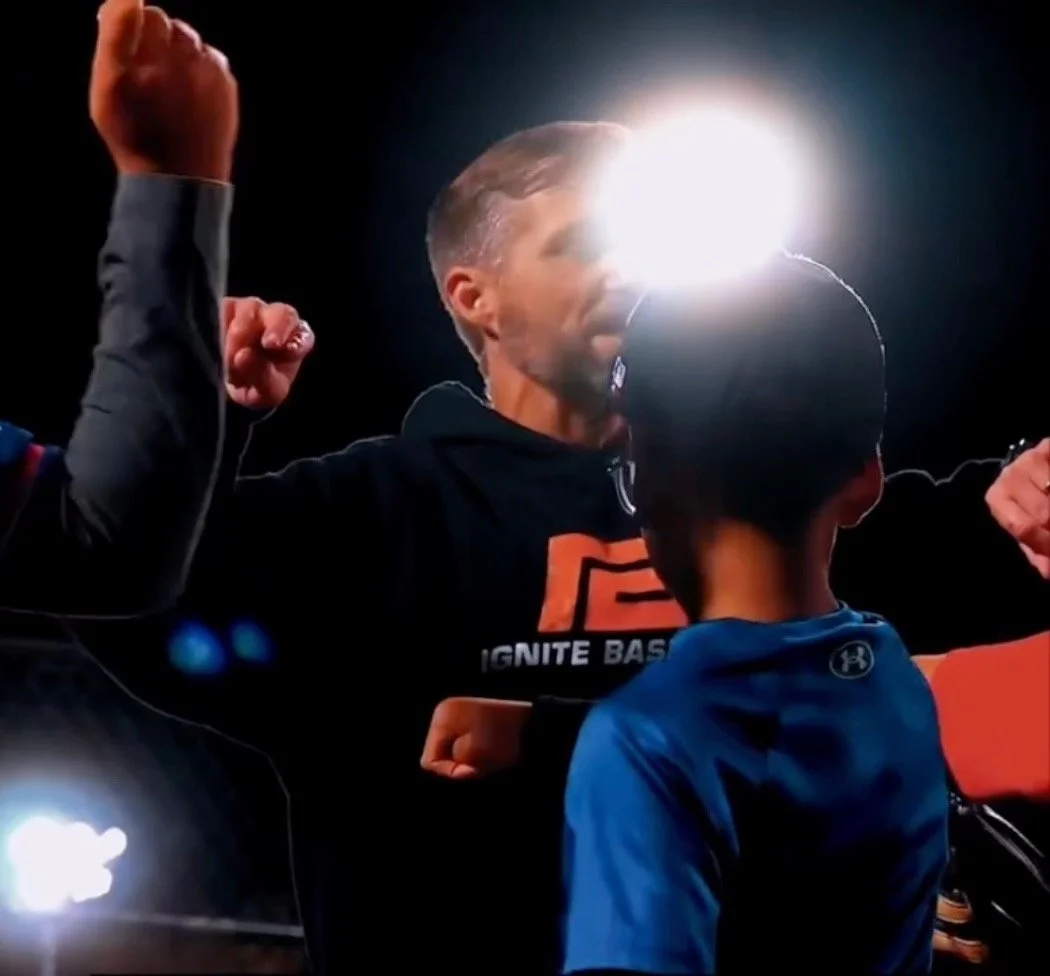Born in a lab. Built in a cage.
Our Services
-
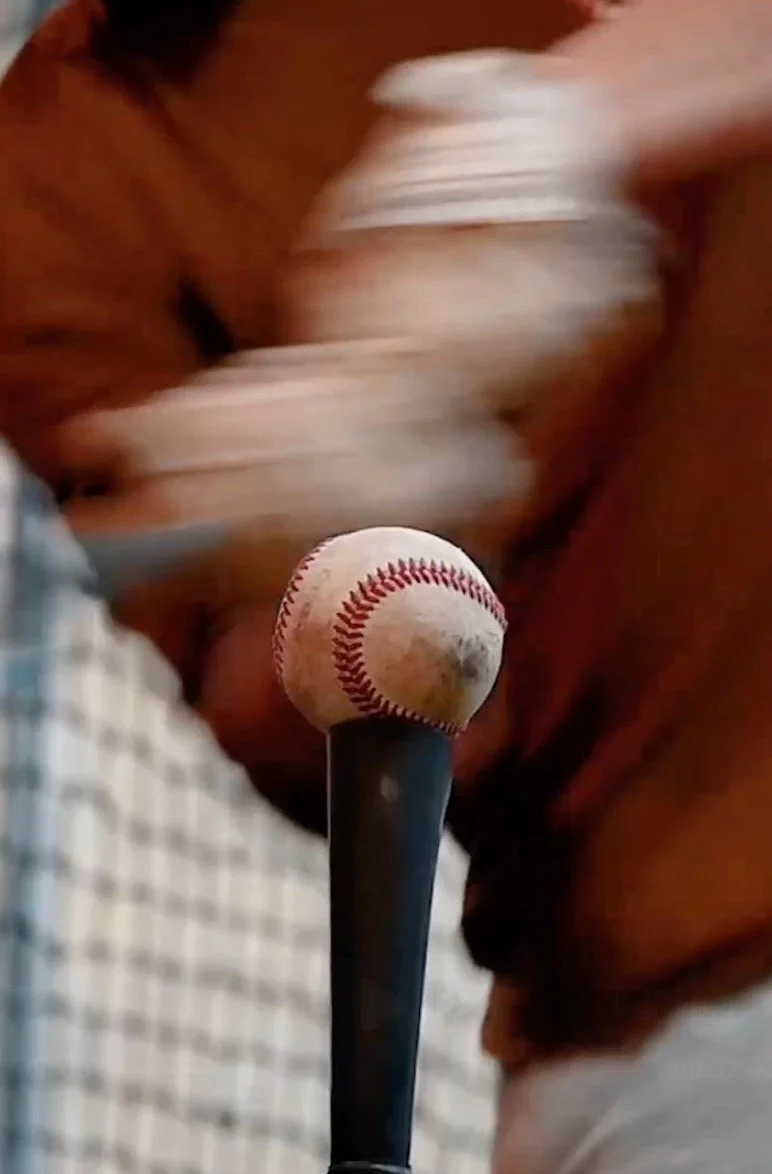
Hitting Lessons
We work one-on-one with our athletes, providing personalized training plans supported by video analysis and swing metrics, to break down swing mechanics and track progress over time. Our coaches have experience playing and/or coaching at the collegiate level.
-
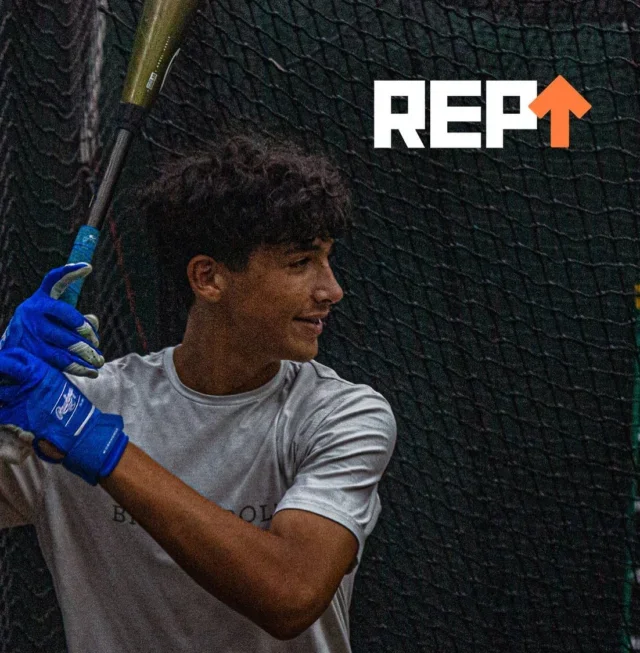
The Rep Room
As parents ourselves, we know how busy schedules can be. That's why we offer a drop-in option where athletes can get their reps in at a low cost and on their own schedule. The Rep Room is fully staffed on nights and weekends, and is an ideal option for anyone looking to up their game.
-
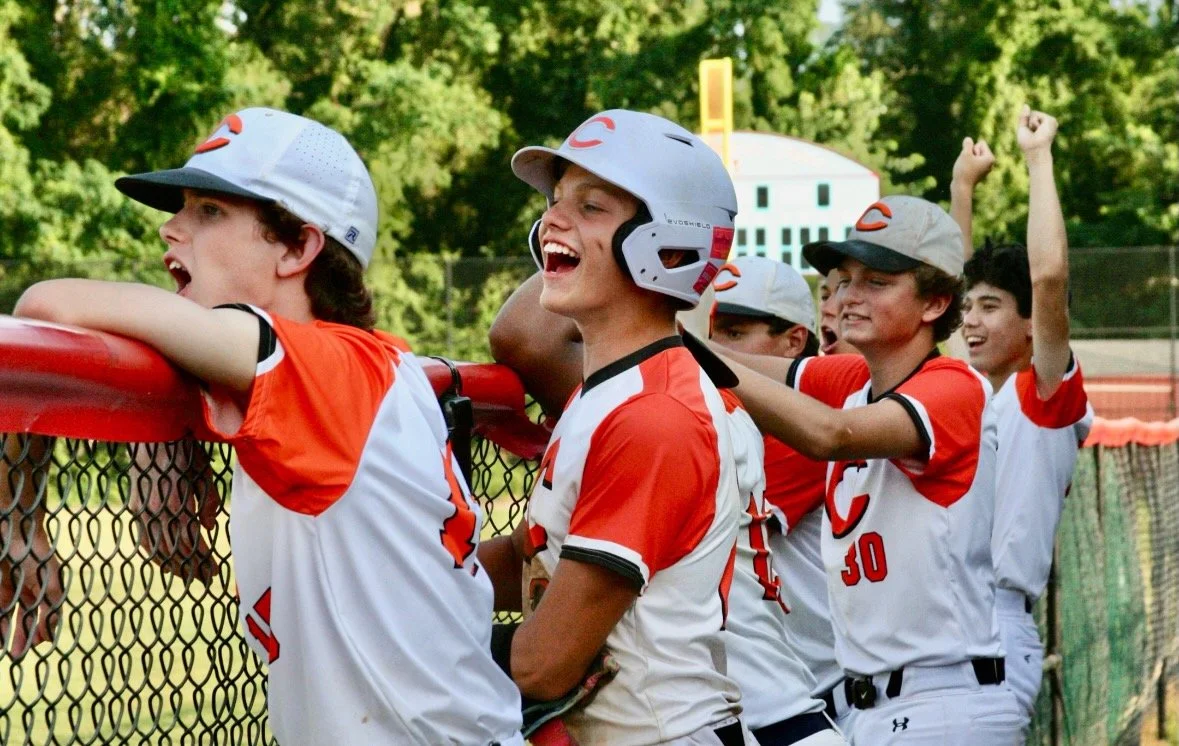
Cadets Travel Baseball
Our Cadets travel teams have been a staple in Northern Virginia for over 15 years. We recruit for a summer, spring, and fall season, with tryouts occurring throughout the year. With trusted coaches, and teams offered from 10U through Varsity, Cadets is where you'll improve your game.
upcoming camps and classes
built different.
At Ignite Baseball, we’re not afraid to go against the grain if it means better results for our athletes. We won’t sell you on something we don’t believe in, just because it’s what everyone else is doing. What we do is teach. Relentlessly. We train hitters with precision, and we value creativity, grit, and independence. We work with athletes who are ready to own their development, who take pride in mastering their movement, and who understand that results don’t come from showing up—they come from showing up differently.
Secure your spot
Unlock your full potential by scheduling a session with our expert coaches who redefine baseball training. Elevate your game with cutting-edge techniques and personalized guidance designed to push the limits of what's possible.
Contact Us
Interested in working together? Fill out some info and we will be in touch shortly. We can’t wait to hear from you!

